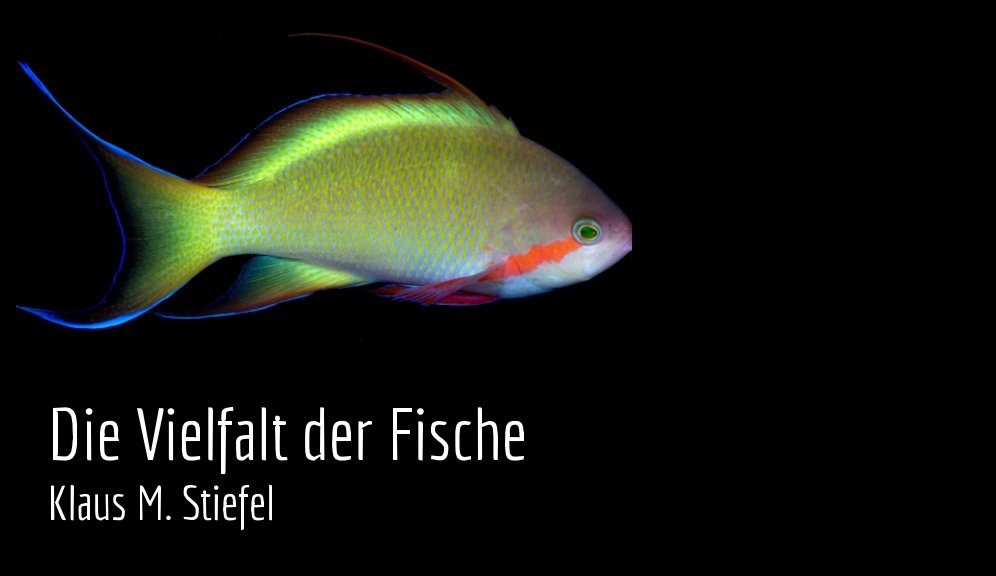Love and Language Mixing
I have read that the great linguist Noam Chomsky met his wife in Hebrew class, and she married him because he was by far the best student in that class. They found each other through a shared language. But the opposite situation is also possible, love through language barriers. I have had three long-term spouses (including my current sweetheart) whom I did not share my native language with. Mine is the Austrian variant of German; theirs is Japanese and Visayan (twice), the language spoken in the southern and central Philippines.
We always ended up communicating with a unique mix of languages. At the base was usually an English grammar, somewhat simplified, with the amount of simplification depending on the English language level of the spouse in question (less previously, excellent now). We also added plenty of words, especially nouns, from our different native languages. These nouns are sometimes used without the grammatical modifications they would get if used in their original languages; sometimes we used the right grammar; and sometimes we use complete phrases or sentences from one language, just to switch back to the mix in the next part of the conversation. It’s an unique mix, a language which developed between the two of us. We have dialogues like this pre-lunch exchange:
“Mahlzeit” (enjoy your meal in German)
“Halang!” (it’s spicy in Visayan)
“Yeah, these chili are really halang”
Three languages in three sentences, with two languages mixed in the last sentence.
I find that certain languages are better at expressing certain concepts than others. The aforementioned German Mahlzeit in fact carries so much more cultural and emotional weight than the English sentence enjoy your meal; it’s more akin to Wow this is really good food, I can’t wait to experience the pleasure of eating it, and it is a beautiful experience to enjoy all of this food together, life is good, and we are friends. I smell the Sunday roast-beef roasted by my dad when I hear the word Mahlzeit. It’s in fact fairly impolite to start eating in Austria without saying Mahlzeit first.
(On a side note, its not too surprising that the originally culturally pleasure-adverse protestant British did not come up with a word dedicated to wishing the other enjoyment of his food. Chips with vinegar one eats to fight hunger, not to enjoy.)
In Visayan I really like the word louy, meaning I feel sorry for you, but in a much more caring and sweet way than the English translation implies. It’s also somewhat onomatopoetic, as it can be pronounced with a really stretched out end, as in louyyyy, imitating a wailing sound made by someone who pities a loved one. I have the impression that these words, like Mahlzeit or louy, which are especially good at capturing a given concept, are often the ones preferentially incorporated into the mixed languages of mixed language couples.
Language obviously serves the purpose of communication, but I believe that in mixed-language couples, it also becomes a kind of nuptial gift. Speaking the way your spouse spoke at home shows that you care about her.
In one case (with my Japanese then-girlfriend) I could clearly observe that the relationship started to deteriorate once she made less of an effort to speak English to me, and I made less of an effort to speak Japanese. The language barrier went back up. Was that the cause or an effect of the relationship breakdown? Hard to say.
My lovely current girlfriend picked up basic German very rapidly before we visited Austria last year. That was useful for her, as it made it a bit easier to get around; but it was also a nice way to show that she liked being in Austria. At every social occasion, it was a big positive surprise for my friends & family in Austria how well she could already express herself in German. Everyone could have easily conversed with her in English, but her budding knowledge of German included her into the group on a more emotional level.
A semi-quick search for “pidgin pair bonding” on Google Scholar showed me no papers or book chapters which deal with this question. I’m not a professional linguist (merely a cunning linguist), so maybe I missed some work on the topic; If so I’d like to know about it!
Many modern languages are mixes. English is a mix of proto-German plus proto-French mixed up after the battle of Hastings. The Filipino Visayan language is a mix of the colonizer’s Spanish and the islander’s Austronesian base. Austrian German contains many Slavic and Yiddish words, reflecting the inhabitants of the Hapsburg monarchy. I suspect that a crucial part of the mixing went on in the language use of mixed-language couples. As far as I know, linguists usually mainly explain language mixing by the effects of trade networks or the enslavement of native populations, and the subsequent need for communication between masters and slaves. I’m sure that played a role, but I not exclusively. It’s intriguing to see a new language form right in front of my ears, mixed-language couple style.

